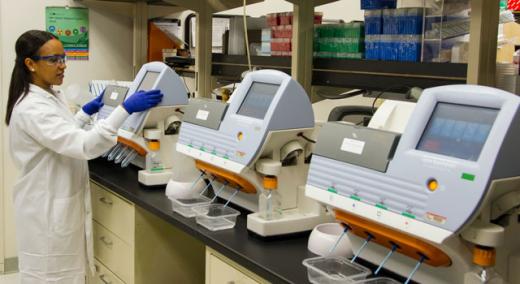Photo by National Cancer Institute on Unsplash.
Medical device product development and risk management are often treated as entirely separate processes. Sure, there is usually acknowledgement and understanding that these two processes are related. But it is important to realize that product development and risk management share more than that.
|
ADVERTISEMENT |
In fact, these processes both have the same overall purpose and intent: to make sure medical devices are designed, developed, and manufactured to be both safe and effective.
That’s why I wanted to provide you with three hugely helpful tips for incorporating risk management throughout the product development processes.
1. Set the stage for medical device risk management with a clearly defined intended use statement
If you’re looking to integrate risk management into your entire medical device development approach, why not start at the beginning?
Though it only comprises a few short sentences, your intended use statement is really the gateway to your device’s entire life cycle. This definition will be used heavily in determining a regulatory pathway, establishing user needs, directing product development, and setting the proper design controls.
…

Add new comment